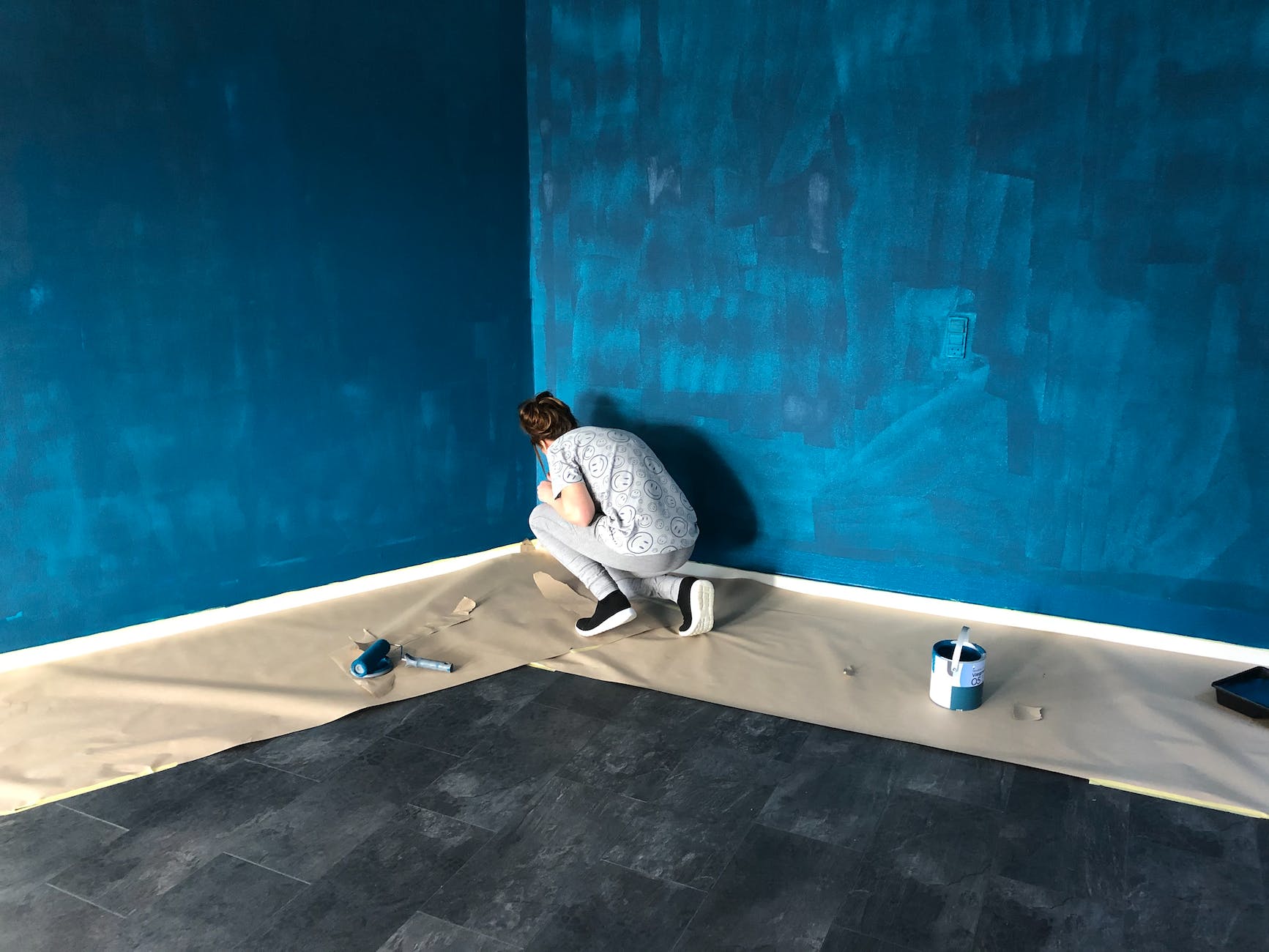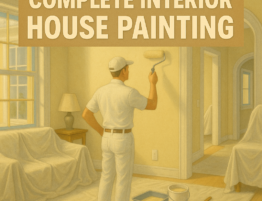
Painting can be a fun and rewarding home improvement project. Still, before you break out the paint brushes and rollers, it’s important to remember that proper surface preparation is crucial for a successful, long-lasting paint job. In this blog post, we’ll discuss the importance of proper surface preparation before painting and offer some tips for properly preparing your surfaces.
Why Proper Surface Preparation Matters
Proper surface preparation is essential for achieving a smooth, even paint finish that will last for years. When surfaces are not adequately prepared, paint can peel, crack, or bubble, and you may need to repaint sooner than expected. In addition to affecting the longevity of your paint job, poor surface preparation can also impact the appearance of your paint job, with paint that appears dull or uneven.
Steps for Proper Surface Preparation
So what does proper surface preparation entail? Here are some steps to take before you start painting:
Clean the Surface: Before you can paint, you must ensure the surface is clean and free of any dust, dirt, or debris. Use a damp cloth or sponge to wipe down the surface or a mild detergent if necessary. If the surface is dirty or greasy, you may need a more robust cleaning solution, such as trisodium phosphate (TSP).
Repair Any Damage: Before painting, make sure to repair any damage to the surface, such as cracks, holes, or dents. Use a patching compound or spackle to fill in gaps and sand down rough spots or bumps.
Sand the Surface: Once the surface is clean and repaired, it’s time to sand it down. Sanding helps create a smooth, even surface better suited for paint adhesion. Use fine-grit sandpaper (usually between 120-220 grit) for sanding the surface. Be sure to sand evenly and carefully, careful not to over-sand and damage the surface.
Prime the Surface: After sanding, it’s essential to prime the surface before painting. Primer helps create a strong bond between the surface and the paint, ensuring a smooth finish. Use a high-quality primer for the surface you are painting (such as a metal primer for metal surfaces).
Tips for Proper Surface Preparation
Proper surface preparation can be time-consuming, but a successful paint job is well worth the effort. Here are some tips to make the process easier:
Take Your Time: Rushing through surface preparation can lead to a bad paint job. Take your time to ensure that each step is done correctly and thoroughly.
Use the Right Tools: The right tools can make surface preparation more accessible and practical. Ensure you have the appropriate sandpaper, primer, and other materials for your specific project.
Be Thorough: Don’t skip any steps or cut corners regarding surface preparation. Proper surface preparation is essential for a successful paint job.
Conclusion
Proper surface preparation is essential in any painting project, and neglecting this step can lead to subpar results. By taking the time to clean, repair, sand, and prime your surfaces, you can ensure a smooth, even paint finish that will last for years. Whether you’re painting a single room or the exterior of your home, remember to prioritize proper surface preparation for the best possible results. Food for thought, you don’t have to worry about prepping your surfaces when you hire a professional. They will spend their time prepping your space for the job. Contact us today to schedule your free estimate. Check out all of our reviews on Yelp and Google to help with your decision.








